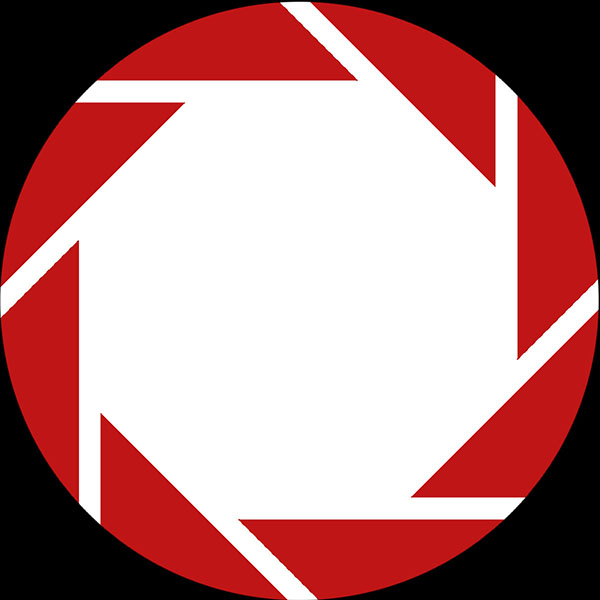As I have mentioned before I try to find things in the visual world that are as interesting and I perceive them to be – both from an intellectual and emotional level. This is often hard to do as sometimes things are just as boring as you fear. But not always. The problem with trying to see the world in a manner that is not as most passers by would see them is that they may not be able to recognize my interpretation of a situation as usable information. This is very important to bear in mind when you are working to present a story to the general public as opposed to, say, the art gallery market. The is visual literacy which can be defined as "The ability to interpret, negotiate, and make meaning from information presented in the form of an image." It’s all symbolic information that we are showing in our photos and either we use symbols that our readers can, uh, read or it goes past them as visual babble.
Since we are living is such a visual world and images are all around us our baseline of visual literacy is much higher than it was, say, ten years ago. This gives us photographers a broader palette to work with and thus we can use visual language that is more exotic, complex and subtle than we used to get away with. However we still have to find a way to still make the image work as something more than a pure abstraction. My personal nature work quickly evolved into abstractions of natural forms once I stopped trying to see the world in the way that Ansel Adams did. However it took a while to learn that I could make photographs in the news/editorial world that used as many visual "ten dollar words" as my naturescapes do.
One of the things that I do is often ignore the "sky" of my photos and by that I mean the expected top 1/4 of the image where things like sky, hats and hair reside. When you start out making photos you are told a lot of things that you have to spend a long time unlearning. How many times were you chastised for "cutting Tom’s head off!" when all you did was just crop him off at the hairline? There is nothing wrong with that kind of framing if his hair isn’t important to the shot. I call this the "Guillotine filter".

So I didn’t include the top of his head. Would that make the photo better or does the tighter shot bring you in closer to his face?

Does the rest of her hairdo matter here? Much closer in and it would get a bit too abstract for me but here you certainly understand whats happening.

Ok, no real cut off head but certainly I bi-sected his body. You don’t need to see his face to get the idea of the scene.
A triple beheading! For me this is more about a visual rhythm than heads. If anything the lack of faces and composition bring you to the one gal’s face.
Who said that the top of heads are so important anyway? Cutting heads at random is one thing but to make it part of the composition is not longer a way of visually communicating that gets lost with modern readers. If I were shooting "art", whatever that is, I would worry less about the terms that I use in my photographs. Like any other language, photos need to be composed so that the reader "speaks" the same dialect that you are speaking. However I don’t mind occasionally throwing in a visual term that makes the reader go to the dictionary to look up. Ya know?


